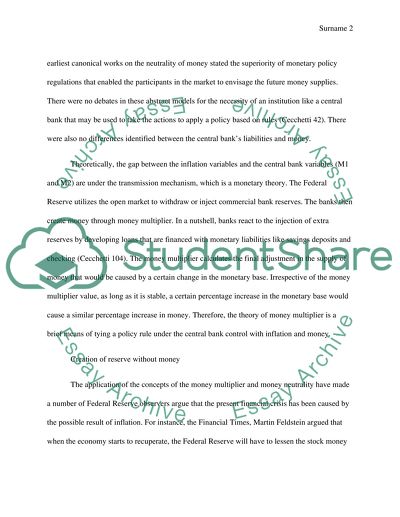Cite this document
(“Money, Banking, and Financial Markets Essay Example | Topics and Well Written Essays - 2250 words”, n.d.)
Retrieved de https://studentshare.org/finance-accounting/1484254-money-banking-and-financial-markets
Retrieved de https://studentshare.org/finance-accounting/1484254-money-banking-and-financial-markets
(Money, Banking, and Financial Markets Essay Example | Topics and Well Written Essays - 2250 Words)
https://studentshare.org/finance-accounting/1484254-money-banking-and-financial-markets.
https://studentshare.org/finance-accounting/1484254-money-banking-and-financial-markets.
“Money, Banking, and Financial Markets Essay Example | Topics and Well Written Essays - 2250 Words”, n.d. https://studentshare.org/finance-accounting/1484254-money-banking-and-financial-markets.


